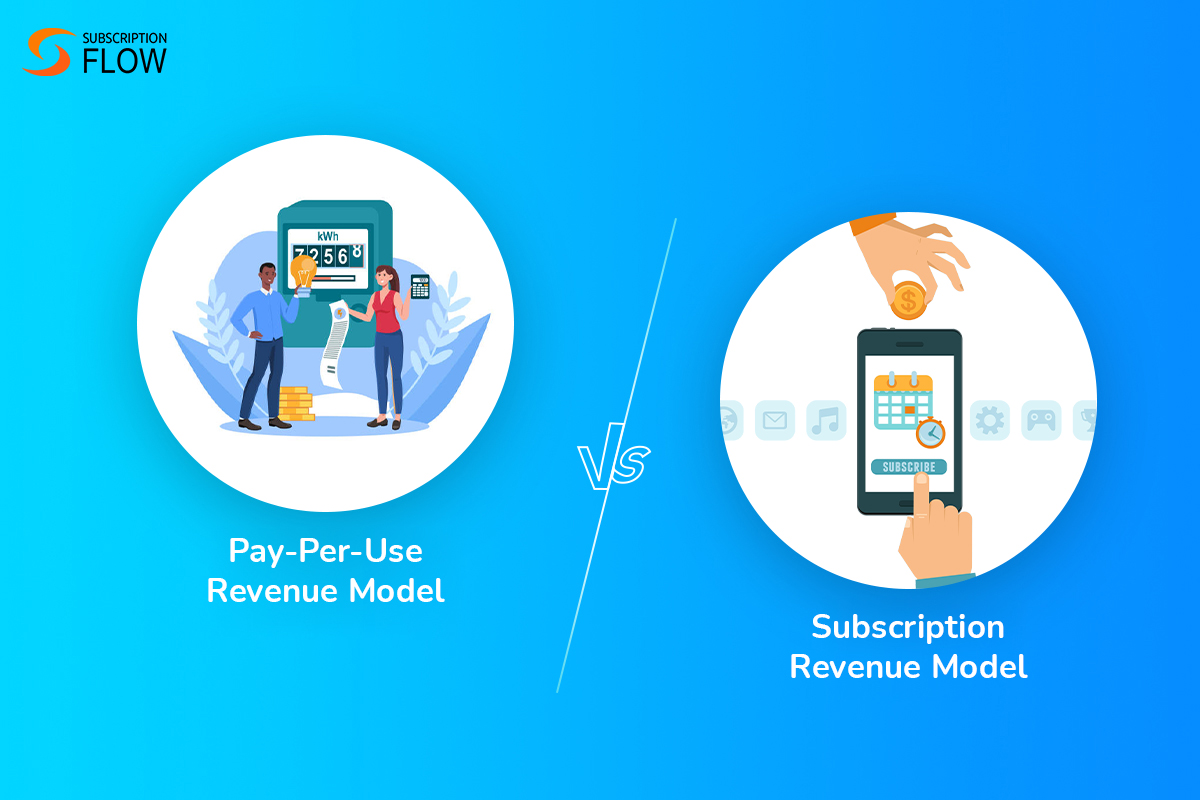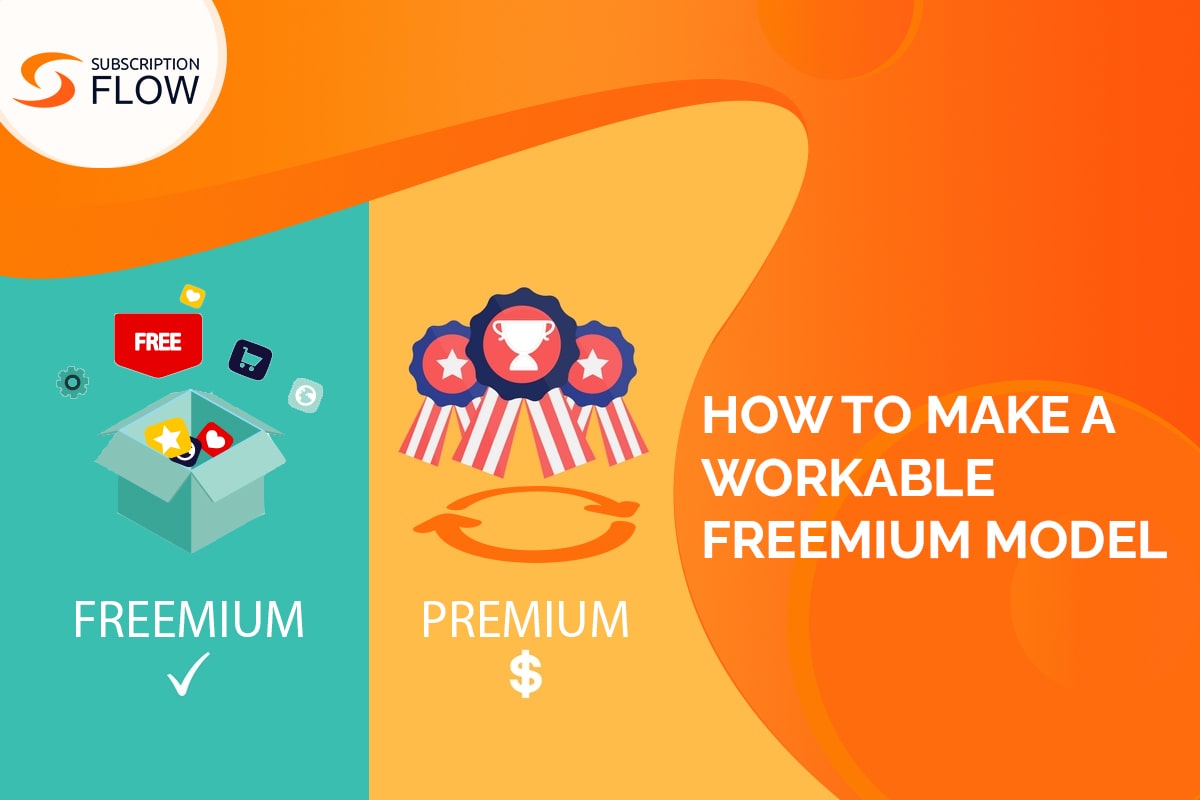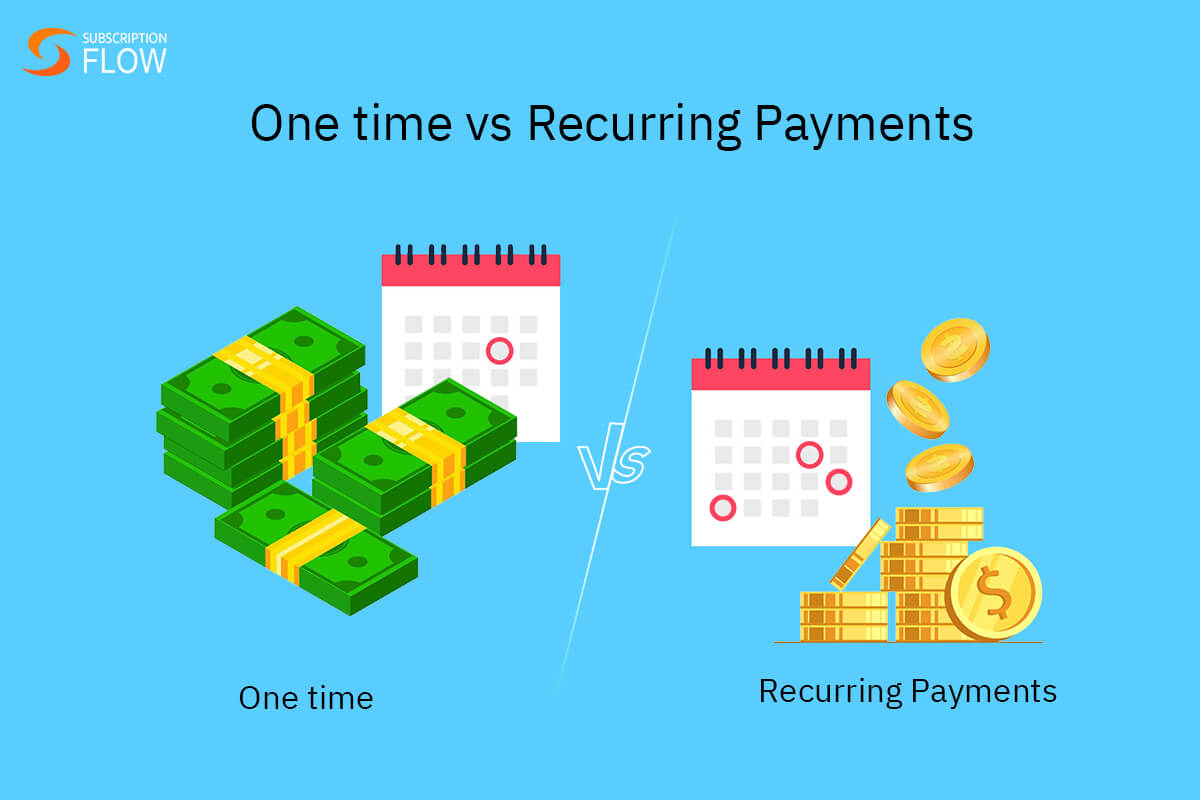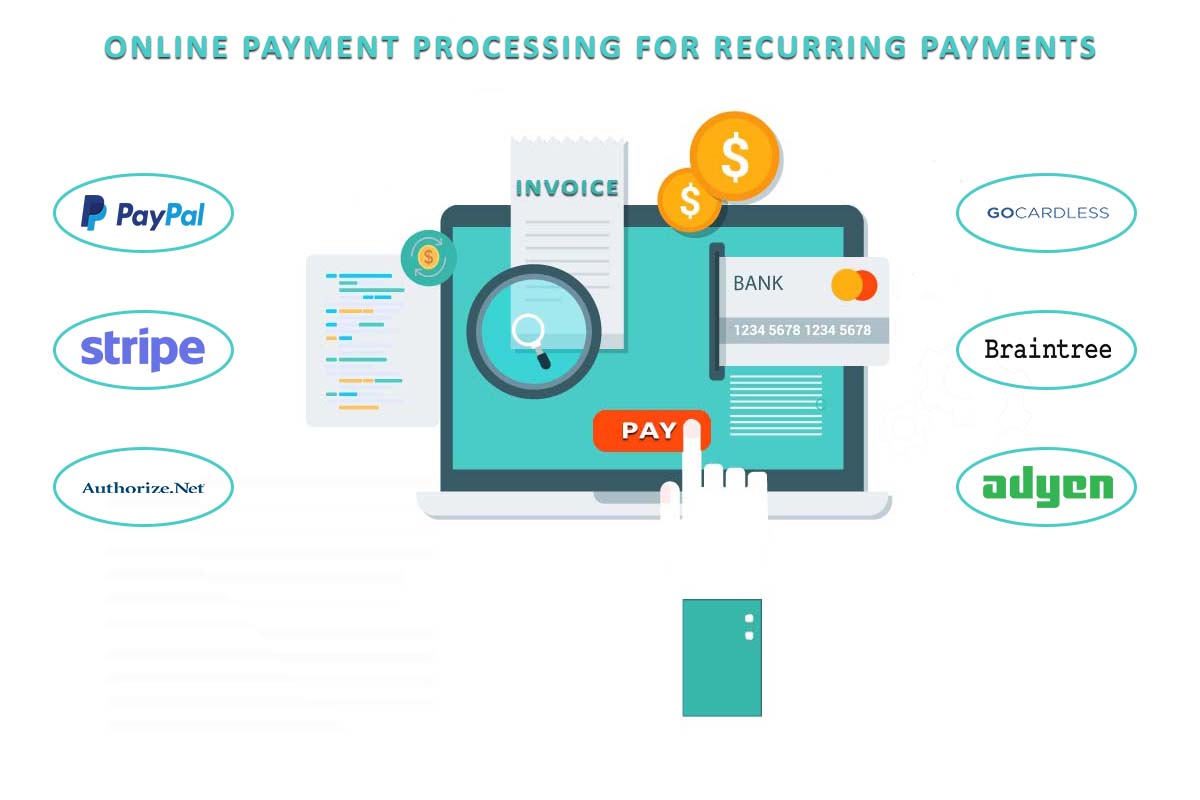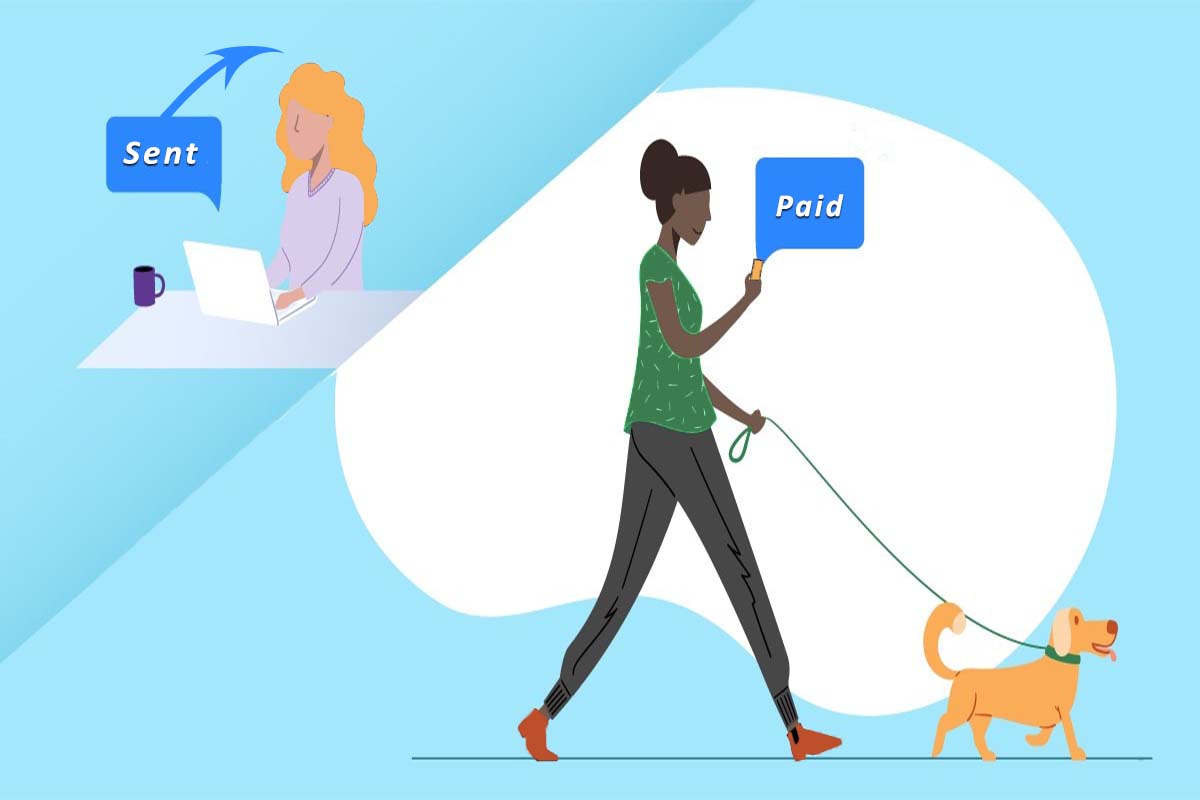
What is the Graduated Pricing Model? How Does It Work for Subscription Businesses?
Subscription businesses are moving away from flat-rate pricing. They’re opting for billing models that allow them more flexibility into the way they charge. This is especially true for businesses offering cloud-based services.
Advanced billing systems have made it possible to track usage of online services, such as AI tools or streaming services. They have allowed businesses to optimize each user’s pricing based on their usage. This means that two users with different usage percentages no longer have to pay the same amount.
The graduated pricing model is one of the branches of usage-based billing. It charges users according to their usage volume, and encourages higher consumption.
Let’s find out in detail what this pricing strategy is all about.
Defining the Graduated Pricing Model
Graduated pricing model refers to decreasing the price per unit as the purchase level increases. Product prices are arranged in units. Each unit has its own unique price. The first unit starts off with the highest price, and then the price gradually decreases for the following units.
When users unlock higher usage units, those units are offered at a discounted price. Let’s understand the concept better with the help of an example.
Suppose a B2B company offers user licenses for an AI-service based on graduated pricing. Its charges look like:
First 50 licenses: $100 per license
51-100 licenses: $90 per license
Any number of licenses above: $80 per license
Graduated pricing doesn’t decrease the price per license for the entire quantity of licenses. Instead, it tailors prices according to specific units, and adds them all up.
So if a customer purchases 150 licenses, here’s how their billing calculation goes:
First 50 licenses: 50 x 100 = $5000
Next 50 licenses: 50 x 90 = $4500
Final 50 licenses: 50 x 80 = $4000
Total = $13, 500
So that’s how the total price is discounted for the customer. They pay for the first 50 licenses in full, as the first unit has no discount no matter how many further units they buy. But as they purchase more units, their overall charge decreases gradually.
Another important point to notice here is that a business can flexibly decide which price to allocate to each tier. It doesn’t have to keep decreasing the price for successive units. Just as seen in the example, where the discount stopped at $80.
Thus, businesses can come up with effective graduated pricing strategies according to their own terms. Such strategies incentivize customers to buy more, while also keeping the businesses highly profitable.
How is the Graduated Pricing Model Relevant to Subscriptions?
The above-mentioned example showed how purchasing bulk user licenses can impact their overall cost. This example is relevant to subscriptions too. A number of subscription businesses that provide online services sell user licenses.
The quantity of licenses a company buys depends on the number of employees they want service access for. Thus, the subscription business can create a plan that offers licenses based on graduated pricing. That way, the companies who need to make bulk purchases can benefit.
The businesses might also create different subscription tiers, with each tier priced according to the graduated pricing model. For instance, the first tier offering 50 licenses can cost $5000 ($100 per license).
Subsequently, the second tier offering 100 licenses can cost $9500 ($5000 for first 50 + $4500 for the next 50 licenses). This way, the business can clearly lay out graduated prices in the form of separate tiers.
Graduated pricing doesn’t have to be limited to subscription licenses only. There can be other metrics too that form usage thresholds. For example, storage units. Suppose there’s a business offering cloud-storage on subscription. It considers 100 GBs worth of storage as 1 unit.
This business doesn’t offer separate subscription tiers. Instead, customer charges are calculated according to their usage in a month. So if a user consumes 100 GBs in a month only, they will pay the standard price for that. But if they consume above 100 GBs, they will benefit from a discounted price for the additional GBs consumed.
Benefits of Implementing the Graduated Pricing Model
The advantages of this model include:
- Fairer Customer Billing
Graduated pricing promotes fairer billing as it charges according to usage levels. Firstly, it does not charge all customers a fixed price. That undermines the usage factor greatly, and makes customers with low and high usages stand on the same line.
This is not only unfair for low-usage customers, but also lets high-usage customers consume however much they want without paying extra. If higher-usage customers don’t pay according to their consumption level, it means you lose potential revenue.
Secondly, graduated pricing offers discounted rates to loyal bulk purchasers. They are incentivized to buy more for a lower overall cost.
- More Upselling Potential
With graduated pricing, businesses can unlock more upselling opportunities. That is because customers are guaranteed lower total prices if they subscribe to higher units. Especially the large enterprise customers that require a service in bulk.
They are encouraged to switch to higher tiers without hesitating. This generates more revenue for the seller, while also ensuring that the customer company operates profitably.
- Revenue That Scales
Businesses get to generate revenue that scales alongside usage. With fixed-pricing, they are bound to charge only standard prices no matter how much usage (such as storage units or API calls) a customer consumes.
While those standard prices might also offer a profitable margin, the said margin is limited. But, via the graduated pricing model, users are charged more if their usage increases. Even though they are offered an overall discounted price for more usage, the revenue generated can far surpass that of fixed-pricing.
- Churn Reduction
Since customers benefit from fairer prices, they are likely to stay retained. Those with a lower budget can utilize lower-level tiers. Those with a higher budget, and more needs can purchase higher tiers with appealing prices.
In this way, graduated pricing satisfies customers of varying budgets. Bulk purchasing customers buy more because they can’t work without it. They are likely to buy services at discounted prices, as compared to standard (which can result in a much higher total amount).
Businesses selling bulk services at graduated prices can turn such B2B buyers into their lifetime customers.
How Does the Graduated Pricing Model Compare to Other Similar Models?
Graduated Pricing Vs Tiered Pricing
Tiered pricing means charging a certain price per subscription tier. These prices are not always ‘discounted’ like graduated prices are. Instead, they charge customers according to the value they deliver. For instance, it is common for subscription businesses to offer Basic, Advanced, and Premium plans.
These plans have varying number of features, and feature quality. The Basic plan offers the least value, and so has the least price. By offering such tiers, businesses clearly connect their prices with the value they offer. Users can conveniently choose between the tiers based on their budget and needs.
On the contrary, in a graduated pricing model, different prices are not allocated because each tier carries a higher or lower level of features. Instead, the same service is offered at different prices according to its quantity, or real-time usage.
Hence, in graduated pricing, subscription tiers are not divided based on value, but based on quantity or usage. The higher tiers offer more usage units, and discounted prices for those units.
Graduated Pricing Vs Volume Pricing
These pricing models can seem very similar. However, they have subtle differences that can drastically change the total payable amount. Graduated pricing restricts price reduction to specific units. The first unit always has a standard price.
No matter how many additional units are purchased, users have to pay the standard price for the first unit. Similarly, the second unit has a specific discounted price only for itself. This price is not applicable to the subsequent units. The same goes for the third, and other following tiers.
The total bill is made by adding up the distinct prices of each unit. Subsequent units don’t impact the costs of the prior. However, in volume-based pricing, they do.
Volume pricing means that when a customer buys additional units, the price per unit decreases for the total quantity. Price reduction here is not restricted to specific units, it is generalized.
This can be the pricing structure of a company that sells service licenses based on volume pricing:
50 licenses: $100 per license
100 licenses: $90 per license
Any number of licenses above: $80 per license
Thus, pricing is not specific to certain units. When certain thresholds are met, price per license equally decreases for all licenses. So, if a customer buys 150 licenses, here’s how their billing would look like:
150 licenses x 80 (the new discounted price for all licenses) = $12,000
Volume pricing typically allows customers bigger discounts than graduated pricing, as it equally lowers the cost for each unit.
Graduated Pricing Vs Progressive Billing
Graduated pricing is a lot more structured, whereas progressive billing is more dynamic in nature. Graduated pricing is normally used to extend discounted prices for bulk purchases. Progressive billing, on the other hand, doesn’t necessarily offer discounts.
Rather, it might increase or decrease pricing based on multiple factors. In graduated pricing, quantity or usage are the two primary factors that determine a customer’s overall charges. But, in progressive billing, the demand and timing factors count a lot as well.
For instance, a business might increase its service prices in peak-demand seasons. Similarly, it can reduce prices in low-demand periods. Both strategies help maintain profitability. Businesses using progressive billing can also price their services depending on how ‘premium’ they are, and change service costs over time.
Hence, while graduated billing focuses more on service usage, progressive billing takes other factors into account as well.
Graduated Pricing Model: Best Practices
Here are some ways how graduated pricing can be implemented successfully:
- Be Clear
Customers are not going to understand your pricing if you do not present it clearly. If a business is offering subscription tiers based on graduated pricing, it must make it obvious. For instance, it can state how much customers save on higher tiers.
- Understand Your Customers
Before implementing graduated pricing, it is important to assess your customers. Analyze if they are likely to make a bulk purchase or not. Businesses might have customers that mainly stick to lower tiers. That can make offering graduated pricing pointless.
This model is the best fit for those audiences that require bulk-buys or higher consumption at discounted rates.
- Use Advanced Billing Software
Such software offers the key features required for conducting graduated pricing. One such feature is automation. Manually handling calculations for each tier, and each customer’s billing cycle is nearly impossible. It is too time-taking, resource-consuming and error-prone.
Billing software can automate invoice generation, subscription cycle tracking, and complicated calculations. It is fast, reliable and accurate. It can also accurately prorate a customer’s charges if they decide to upgrade or downgrade their subscription tier.
Another key feature it offers is real-time metering. Service usage cannot be correctly measured without this. Hence, businesses that offer graduated pricing based on real-time usage must implement a robust billing platform that tracks even micro-usage levels.
- Test First
It is important to give new pricing models a test before actually implementing them on a wider scale. By offering this model to a select few customers at first, businesses can evaluate its performance in reality.
They can easily identify if their billing system copes with this model effectively, and any errors that may arise. They can also take feedback from the selected customers, and optimize their strategy accordingly.
- Evaluate Your Own Capacity
Not all businesses can cope with higher-volume sales. They might either not have a powerful enough billing system, or inventory capacity for physical products.
If they offer graduated pricing on bulk-buys, and then struggle to meet demand, then this pricing would essentially be disadvantageous for them.
Implementing Graduated Pricing with SubscriptionFlow
SubscriptionFlow is an adept billing platform equipped with automation and real-time metering capabilities. We offer a variety of usage-based billing models such as:
- graduated pricing
- volume pricing
- tiered pricing
- dynamic pricing models
- progressive billing
- hybrid billing
Our billing engine is built for handling high-volume payments, and recurring revenue cycles. We also automate billing adjustments such as prorating payments, and managing personalized discounts for unique customer segments.
Want to execute graduated pricing flawlessly? Book a demo with SubscriptionFlow now.

